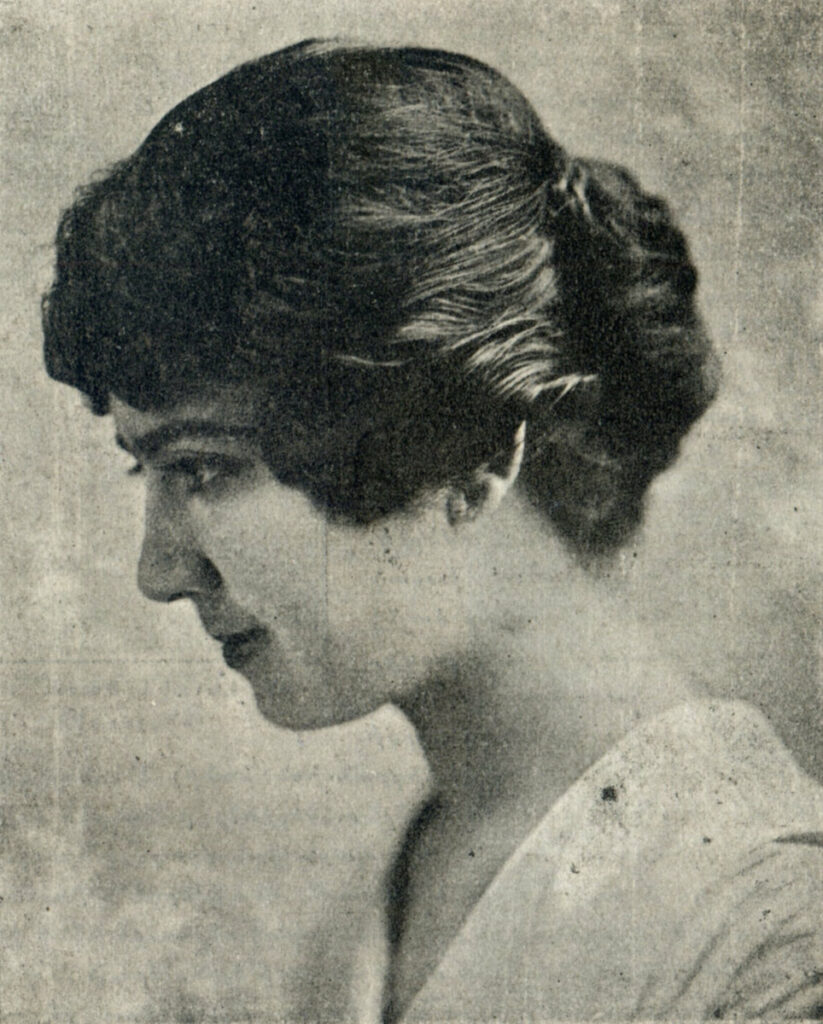A Broader Sonic Landscape

I still derive a lot of pleasure from artifacts of U.S. popular culture dating from the period between the two world wars. The jazz age, the Harlem Renaissance period, the pre-code years of the first talking pictures, and the so-called great American songbook of show tunes and popular standards all represent what I view as an artistic peak for the culture of the United States. The society they reflect was one that was hitting its stride on the world stage. The newly invented communication technologies of this era, invented and brought to market largely in the United States, enabled the nation to pioneer in the formation of mass culture industries and to project overseas an image of itself as a technically and culturally sophisticated country at the forefront of fast-paced modernity.
That image of America, manufactured and exported en masse through film, fashion, records and radio, undoubtedly contributed to the country’s appeal as a destination for millions of immigrants in the early twentieth century. But the image was a distorting one, naturally, in many ways. It failed—or we could say it refused—to incorporate these immigrants themselves. Their lives, efforts, and contributions to a diverse tapestry of American experience did not tend to fit into the picture. We know the deal: (the) people of (their) color(s) represented, for the most part, in crudely derogatory or demeaning ways. From the standpoint of today, observing the popular culture of a century ago, those Americans of the 1920s and 1930s who wore colorful skin hues, spoke languages other than English, or otherwise exhibited marks of life experience outside the domestic borders appear profoundly marginalized indeed.
In other words, as the United States was rising to new levels of international influence, power, and prestige in those decades, it was more or less consciously constructing a sanitized or mythologized concept of itself as more a monocultural than a multicultural society. E pluribus unum (here meaning not states but peoples). The melting pot—the fire under which represents the unceasing pressures upon the marginalized minorities to assimilate.
Politically, the prevailing ethos held that a “greater” America was a paler one. The clearest example of this is the Immigration Act of 1924, which completely banned migration from Asia (Africa was already, to invoke the Pythons and their lampoon of genteel colonialism, right out!) and imposed sharp quotas on arrivals from the swarthier sections of Europe. Some of the bill’s leading proponents were strident believers in eugenics who cast the legislation as an effort to stanch “a stream of alien blood.” The politics of racial fear was, as usual, decisive. Congress intentionally chose figures from the 1890 census, instead of later data, as the basis for the quota formula. “It was an overt attempt to reset America the exact shade of WASP that it had been decades before,” researcher and record producer Ian Nagoski put it when I interviewed him for today’s special edition of “Crazy Words, Crazy Tune.”
I have Nagoski to thank for helping me reframe my perspective on those legendary years—not just from his deeply informed and insightful comments during our interview, but more importantly due to the hundreds of old recordings he’s ushered into my ears. His Canary Records label has released more than 150 albums of reissued music and sound, virtually all of it in languages other than English. These recordings originated between the 19-aughts and 1970s and their original release was mostly in 78rpm format.
A large proportion of the music under Canary’s banner was recorded in the United States by immigrants and produced for the substantial domestic foreign-language markets. According to Nagoski, these ethnic recordings comprise three out of every five discs Columbia Records issued in the 1920s–and Columbia’s production choices largely emulated its competitor, Victor. It’s an immense catalogue of sound that’s almost entirely forgotten and omitted from the history of the nation’s music.
This is why I consider Ian Nagoski a hero of our times. His style of cultural preservation and research is essential humanist work in every sense. His body of work has enabled me to enlarge and transform my understanding of the sonic and cultural landscape of the 1920s and ‘30s. That work has made it possible for me to suggest a broader and truer story of those times in my weekly broadcasts. And as the above discussion aims to indicate, the underlying politics of this revisionist take on those times is in close alignment with the key political currents of these times, so this is of far more than purely academic interest.
I invite you, if you haven’t already, to listen to the broadcast, with musical reference points sprinkled in to our engaging conversation. I also encourage you to peruse Canary’s offerings on Bandcamp and consider becoming a subscriber.
***
A second radio special with more music and much more of Ian’s sensational storytelling aired on February 7, 2025. Music samples include (but are not limited to) Indian, Armenian, Greek, Syrian, Ukrainian, Iranian, and Native American performers. You can listen right here.
